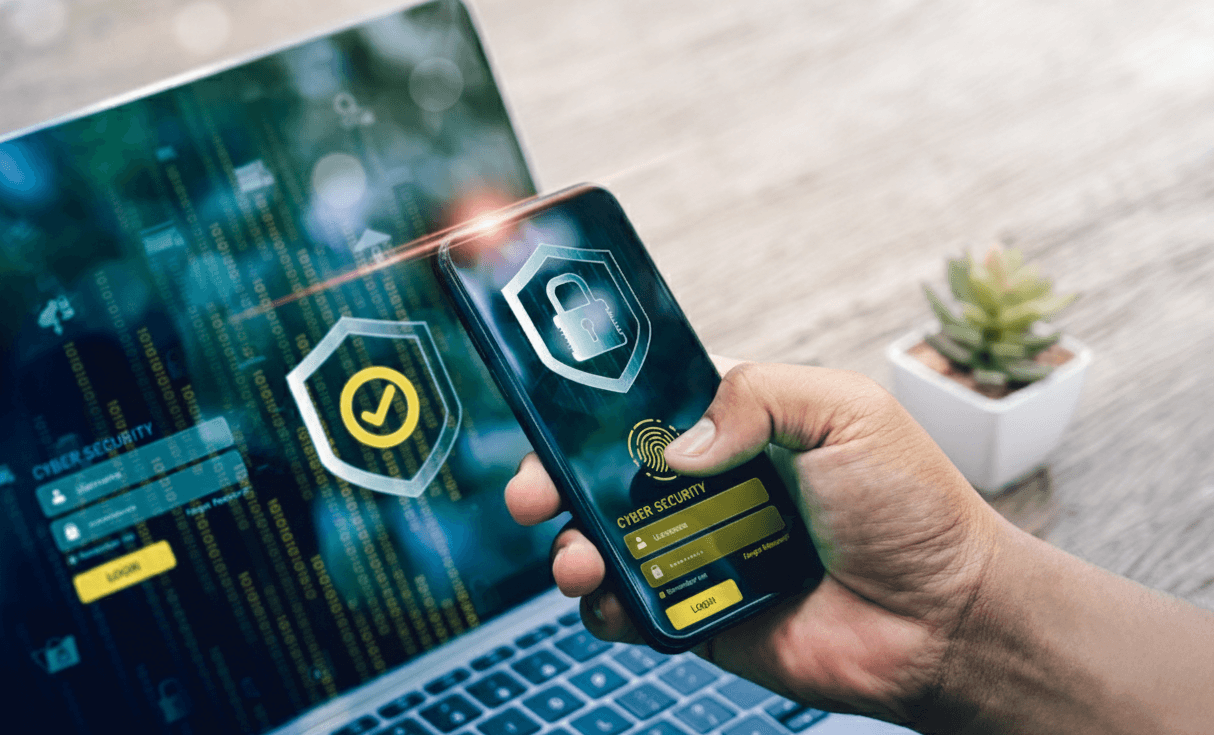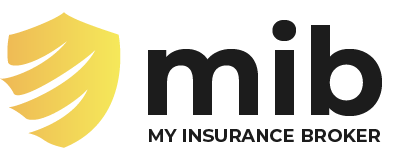
Why Cyber Threats Aren’t Just for Businesses
When most people hear the word “cyber attack,” they picture large corporations, banks or government agencies under threat. But the reality is that cyber crime is hitting closer to home. Every device in your household that connects to the internet — phones, laptops, tablets, smart TVs, gaming consoles, even your thermostat — is a potential entry point for criminals.
From phishing texts that look like they’re from your bank, to hackers snooping on smart speakers, to identity theft from a data breach — Canadians are at risk in their everyday lives, not just at work.
That’s why every October, Cyber Security Awareness Month (Cyber Month) is recognized internationally, with Get Cyber Safe leading the campaign here in Canada. The 2025 theme is “Get cyber safe – for future you” — because the habits you create today will protect your identity, finances, and peace of mind tomorrow.
Why Cyber Security Matters in Canada
Cyber threats are growing — in Canada and around the world:
- Globally, a cyberattack happens every 39 seconds (Astra).
- In 2023, nearly 9 in 10 Canadian organizations reported at least one cyber incident (Statistics Canada).
- 1 in 5 Canadianshas been personally affected by a data breach (Communications Security Establishment – Department of Federal National Defence, 2024).
- Canadians lost over $569 million to fraud in 2023 — the highest ever recorded (Canadian Anti-Fraud Centre).
- Fraudsters are now using artificial intelligence (AI) to create deepfake voice calls, fake videos, and realistic phishing messages that are harder to spot.
In Alberta, recent deep freezes and power outages have shown how much we rely on connected devices for safety and daily living. In Ontario, identity theft and online scams are among the fastest-growing personal claims reported.
Bottom line: cyber threats are now a household issue.
4 Pillars of Cyber Safety (Cyber Month 2025 Themes)
According to Get Cyber Safe, Cyber Month breaks cyber safety into four key areas: accounts, devices, networks, and habits. Here’s how they apply to you and your family.
1) Secure Your Accounts
Your accounts — email, banking, streaming, shopping, even social media — are gateways to your personal information.
- Passphrases & Passwords — Use long, unique passphrases. Example:
YellowTrainsRunSlowly!2025. - Password Managers — Store and generate secure passwords across all your accounts.
- Multi-Factor Authentication (MFA) — Add a second lock. Even if your password is stolen, MFA keeps accounts secure.
- Review Social Media Accounts — Check your privacy settings and limit personal information that’s publicly visible.
2) Protect Your Devices
We think about our phones and laptops, but today’s homes are full of connected gadgets: TVs, smart watches, baby monitors, thermostats, even fridges. If left unsecured, they can be used to spy, steal data or break into your network.
- Change Default Passwords — Never leave your smart TV, router or speaker on factory settings.
- Update Software Regularly — Enable automatic updates for security patches.
- Back Up Your Files — Use both cloud and an external drive. This protects you from crashes, theft or ransomware.
- Disable Features You Don’t Use — Turn off Bluetooth, voice assistants or remote access when unnecessary.
3) Safeguard Your Networks
Your home Wi-Fi is the gateway to every connected device in your household. If it isn’t secure, everything else is at risk.
- Change Router Name & Password — Avoid using your family name or address in your Wi-Fi ID.
- Use WPA3 Encryption — Newer routers offer stronger security.
- Set Up Guest Networks — Let visitors connect without giving them access to your main system.
- Be Cautious on Public Wi-Fi — Avoid banking or sensitive logins on free Wi-Fi; use a VPN if you must connect.
4) Build Smart Cyber Habits
Just like winterizing your home each fall, good cyber hygiene should become second nature.
- Spot Suspicious Messages — Phishing (email), smishing (text), and vishing (calls) are designed to pressure you. Don’t click — delete.
- Think Twice Before Downloading — Malware and ransomware often hide in fake apps, coupons or files.
- Install Antivirus Software — Acts like an alarm system for your devices.
- Be Aware of AI Threats — Fraudsters now use AI to make fake emails, voices, and videos more convincing. Look for signs that feel “off.”
Free Cyber Safety Resources for Canadians
Want to stay informed and protected? Here are trusted resources you can explore:
- Canadian Centre for Cyber Security – Government guidance, alerts, and best practices.
- Canadian Anti-Fraud Centre – Report scams and learn about the latest fraud trends.
- Get Cyber Safe – Canada’s national awareness campaign and Cyber Month hub.
- Cyber Saavy Canada (for small business owners)
Cyber Security and Insurance
Cyber insurance isn’t just for corporations anymore. Personal cyber insurance is an emerging coverage option in Canada. It can include:
- Identity theft recovery services
- Coverage for fraud-related financial losses
- Support if your personal data is compromised
Maintaining safe cyber habits reduces your risk, but insurance can add an extra layer of protection when the unexpected happens.
Final Thought
Cyber threats are here, and they’re evolving fast. But with a few small steps — like stronger passwords, device updates, and safer browsing — you can protect your family, your finances, and your future self.
Remember: every connected device in your home is a potential target. Taking care of them now will save you from bigger headaches later.
Source: Government of Canada – Get Cyber Safe
Contact My Insurance Broker today at 1-855-482-5001 or info@myinsurancebroker.com
